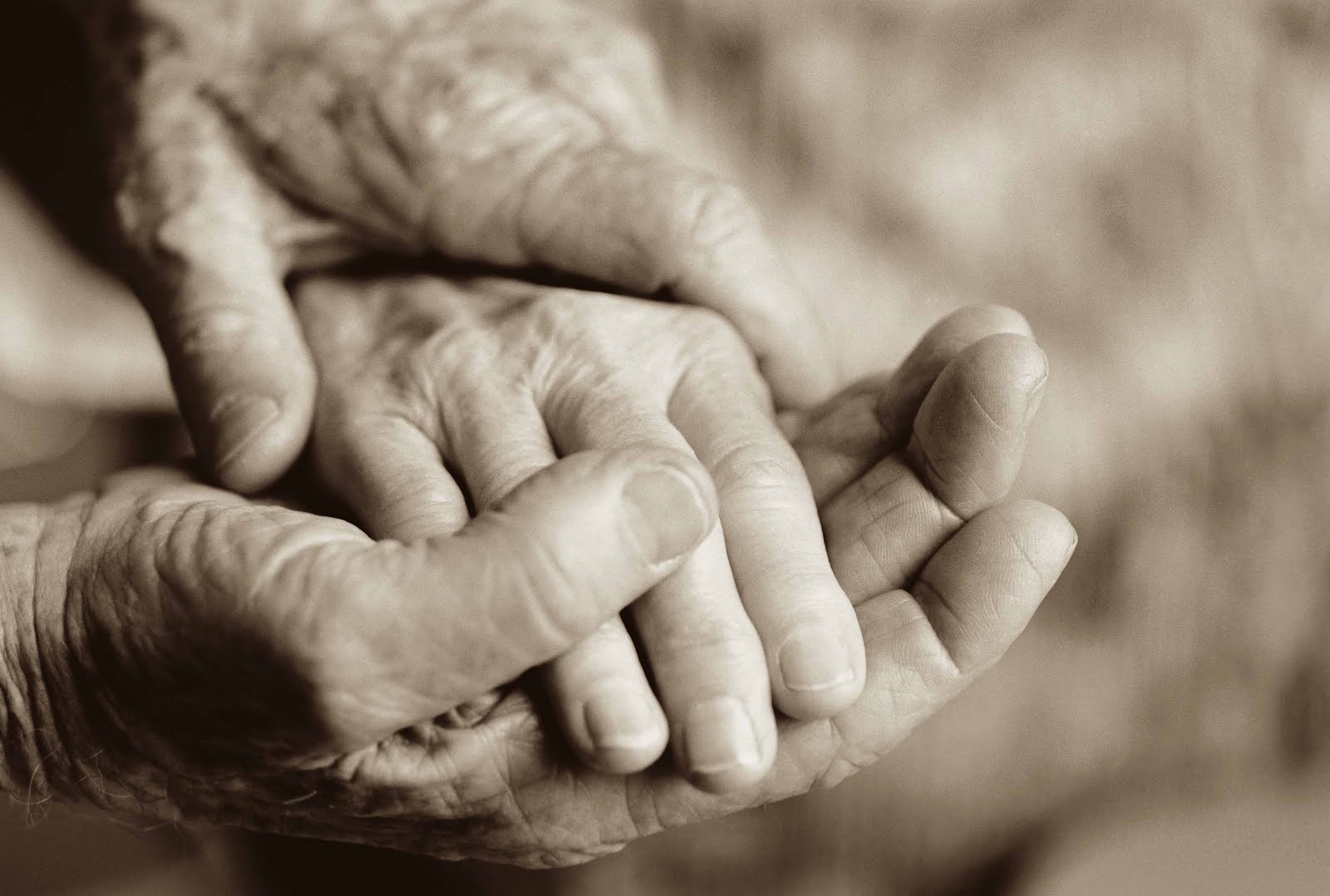All Night Long
بِسۡمِ ٱللهِ ٱلرَّحۡمَـٰنِ ٱلرَّحِيمِ
The following is adapted from Signs on the Horizons by Shaykh Harun Michael Sugich.
“Sufi ‘Abdullah cut a striking figure. He was a tall, handsome, powerfully built Pathan with an easy swagger, thick salt and pepper beard, a rakish smile, and piercing eyes. It was said he worked sixteen hours a day – two consecutive shifts – as a shop foreman in a Birmingham factory. It was also said that he rarely slept, although I had trouble believing this. He led a Naqshbandi Sufi order in Birmingham.
The Naqshbandiyyah trace their lineage directly back to our Master, Sayyidina Abu Bakr ‘Abdullah ibn ‘Utsman asw-Swiddiq (r.a.) and their practice, reflecting the quiescence of their spiritual father, was inward and silent. It has been said that the Naqshbandiyyah preserved Islam throughout the Central Asian republics during the repressively atheistic Soviet period because their spiritual practice could be carried out in silence, invisibly, without a trace.
The Naqshbandis of Birmingham were anything but invisible. They were a flamboyant, vigorous bunch, mostly working class Pakistani emigrants who congregated with a wonderful sense of processional solidarity behind their towering, energetic leader, arriving at gatherings like the ‘Iyd prayers by the busload, brandishing banners and flags and carrying trays groaning with Pakistani food. They were far and away the most organised group of Sufis in Britain.
I was always impressed by Sufi ‘Abdullah and the men around him but wondered whether theirs was a case of style over substance. I had my chance to find out when a few friends and I were invited to attend a night of dzikr in London. We gathered at a modest brick row house in a working class neighborhood after sunset. We had tea and talked casually until the night prayer, after which a delicious Pakistani supper was served on tablecloths spread across the floor of the room we had gathered in. This seemed more like a social gathering and I began to think my suspicions about these Naqshbandiyyah were justified.
For us, a meal after the night prayer usually signaled the end of an evening. These men, I discovered, were just getting started. A large circle was formed and the invocation began. The practice of the Naqshbandiyyah revolved around the silent invocation of Laa ilaha illa Allah, ‘No god but God,’ on the breath and with a rhythmic movement of the head down on the ‘Laa’ and the ‘illa’ and in a circular motion accompanied by a visualisation of light. Although silent, it is an incredibly powerful practice.
Sufi ‘Abdullah led the assembly with single-minded intensity. The practice began slowly and accelerated gradually in unison until the group breathed as a single body, lost in remembrance. Time passed. We were swept away in this luminous circular breath. Time flowed. The invocation ended. It was dawn.
We prayed the dawn prayer and the assembly broke up. I staggered out into the early morning air, ready to collapse. Sufi ‘Abdullah walked out with me. On the working class street he looked down at me with a twinkle in his eye and a chuckle and gave me a pat on the back with his large hand, as if to say, ‘Nice try’. He shook my hand with an iron grip. Unruffled, he was ready to head back to Birmingham to start his first shift. As we parted ways in the cold morning light, I realised that I had just experienced a case of substance over style.”




Comments
Post a Comment
Thank you for taking the time to share our thoughts. Once approved, your comments will be posted.